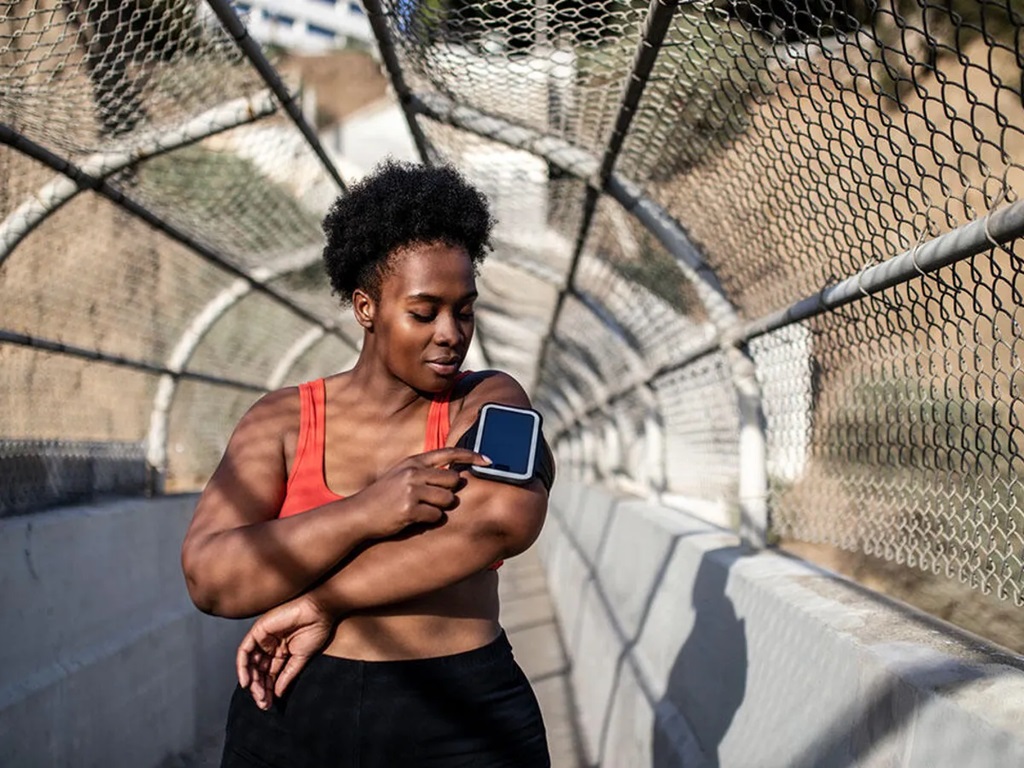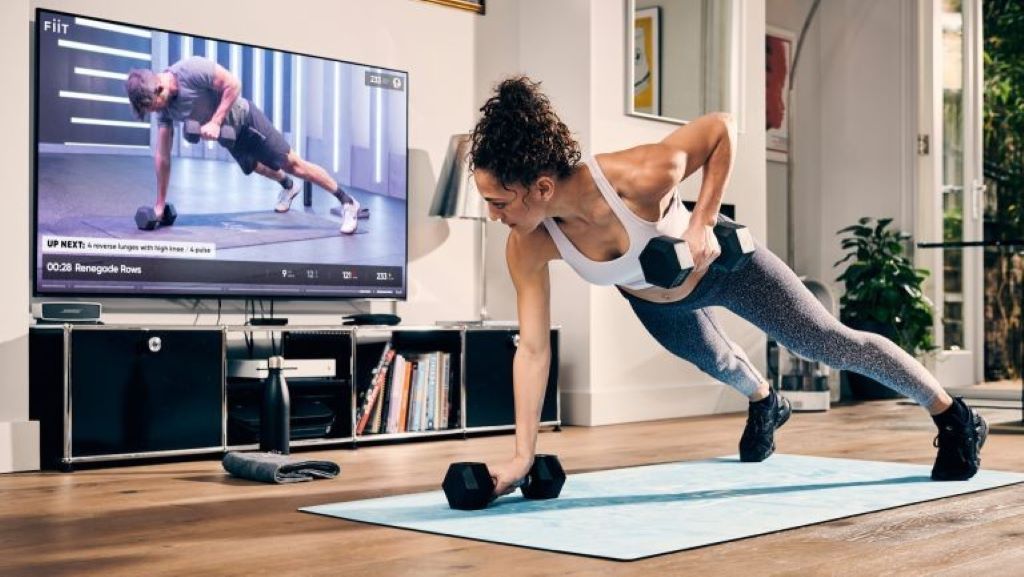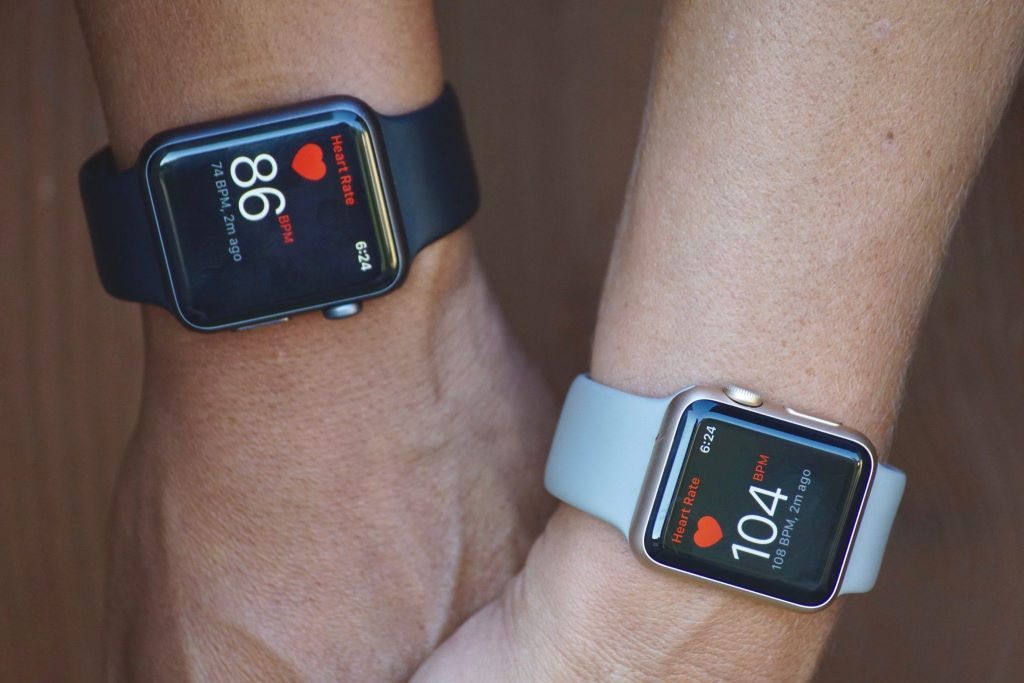Hey there, fitness enthusiasts! Let’s dive into the exciting realm where cutting-edge technology meets the sweat-drenched world of physical fitness. In this era of smart everything, our devices are not just fancy gadgets; they’re your personal cheerleaders, coaches, and even workout buddies. Curious how technology is revolutionizing the way we approach fitness? Buckle up, because we’re about to explore five game-changing ways technology is sculpting a fitter, healthier you.
How Technology Improves Your Overall Physical Fitness?
Technology has become a powerful tool in improving overall physical fitness in several ways. Here are some key aspects:

Monitoring and Tracking
- Wearable devices: Fitness trackers, smartwatches, and other wearables monitor steps, heart rate, sleep patterns, and other metrics, providing valuable insights into your activity levels and health. This data can help you set personalized goals, track progress, and identify areas for improvement.
- Fitness apps: Numerous apps offer workout routines, personalized training plans, calorie tracking, and community support, encouraging you to stay motivated and on track. Some apps even use AI to analyze your movement and form, providing real-time feedback to improve your technique.
Enhanced Workouts
- Interactive workout equipment: Smart treadmills, bikes, and ellipticals adjust difficulty based on your heart rate or chosen program, creating dynamic and challenging workouts. Virtual reality experiences can transport you to scenic locations or immerse you in engaging fitness games, making exercise more enjoyable.
- Online workout platforms: Streaming platforms and on-demand classes offer a vast library of workouts led by certified trainers, cater to various fitness levels and interests, and provide the flexibility to exercise anytime, anywhere.

Motivation and Support
- Social fitness communities: Online and offline communities connect individuals with similar fitness goals, fostering accountability, sharing tips, and celebrating achievements.
- Gamification: Fitness apps and games incorporate points, badges, and leaderboards, adding a fun and competitive element to exercise, making it more engaging and rewarding.
Personalized Training
- AI-powered coaching: Some apps and devices use artificial intelligence to analyze your data and suggest personalized workout plans, adjust difficulty based on your progress, and provide real-time coaching tips.
- Telehealth consultations: Online consultations with fitness professionals allow for personalized guidance, injury prevention advice, and customized workout programs tailored to your needs and limitations.
Overall Benefits
By utilizing technology, people can:
- Increase motivation and adherence to exercise programs.
- Optimize workout routines for better results.
- Prevent injuries through proper form and training adjustments.
- Track progress and stay accountable for fitness goals.
- Make exercise more enjoyable and engaging.
However, it’s important to remember that technology is a tool, not a magic solution. Building a healthy lifestyle requires a comprehensive approach that includes a balanced diet, adequate sleep, stress management, and regular physical activity.
1. Activity Trackers
Wearable activity trackers like Fitbit, Apple Watch, and Garmin devices allow you to track your daily movement, exercise, and sleep patterns. They monitor steps taken, calories burned, heart rate, sleep quality, and more. Having all this data at your fingertips lets you see where you are excelling and where you may need improvement in your fitness routine. Activity trackers also gamify exercise by allowing you to complete daily and weekly activity challenges. Competing with friends and family members on step counts is a fun way to stay motivated. The devices provide insights you can use to set personalized activity goals and improve your overall health.

2. Exercise Apps
Fitness apps provide customized workout routines you can perform anywhere, often without equipment. Apps like Nike Training Club, Aaptiv, and Peloton offer audio and video instructions to guide you through strength training, HIIT, yoga, running, and other workouts. The variety keeps exercise engaging and convenient each day. Some apps allow you to set fitness goals and track progress over time. They may suggest workouts tailored to your current fitness level and chosen goals. Access to so many structured workouts removes barriers to exercise and helps you maintain a regular fitness routine.
3. Online Instructional Videos
Platforms like YouTube and Instagram provide endless exercise technique and instructional videos you can access anytime. If you need guidance on proper form for strength training, yoga poses, or bodyweight exercises, search online and you will find step-by-step visual demonstrations. Instructional fitness videos allow you to work out in the comfort of your own home while still learning skills from experts. They provide a cost-effective way to pick up new exercise methods or correct your technique on familiar moves. Improving form with online videos can enhance the effectiveness and safety of your workouts.
4. Fitness Tracker Communities
Many activity trackers have online communities where users can share achievements, cheer each other on, and engage in fitness-related discussions. For example, the Fitbit Community forum allows you to find and compete against friends who also use Fitbit products. Garmin and Strava also have large online user communities. Getting social support and motivation from like-minded individuals striving for fitness goals can give you an extra boost. Friendly competition against real people (rather than just chasing your own personal bests) might provide the incentive you need to push your fitness to the next level.

5. Virtual Reality Exercise Games
Virtual reality (VR) games turn exercise into an immersive, enjoyable experience. VR systems like Oculus transport you into interactive digital worlds where your real-life movements control the game. You may find yourself boxing, dancing, playing sports, rowing a kayak, or anything else the game developers can imagine. Exergaming with VR provides intense physical activity as you get lost in the imaginative environments. You focus on playing the game rather than the exertion of exercise. VR gaming makes you want to move more and trains your brain to associate exercise with fun.
FAQs
Q: How can technology improve strength training?
A: Wearable trackers count reps and sets and suggest workout tips. Instructional videos demonstrate proper form. VR games add an interactive, engaging element to otherwise repetitive exercises.
Q: What technology helps improve running performance?
A: GPS running watches track pace, distance, elevation, and more in real time. Features like virtual pacing partners help you hit target times. Activity trackers monitor cadence and form. Apps suggest running routes and training plans.
Q: How does technology motivate people to exercise?
A: Activity trackers turn workouts into a game with step challenges versus friends. Online communities provide social motivation and accountability. Apps make exercise accessible and fun with on-demand workouts.
Q: Can technology help with injury prevention and recovery?
A: Yes, wearables track biometrics related to overtraining like elevated heart rate and sleep disturbances. They can indicate when you need more rest. Instructional videos demonstrate modifications to avoid re-injury.
Q: What technology helps improve flexibility and mobility?
A: Instructional yoga, Pilates, and mobility videos show techniques to improve range of motion. Stretching and foam rolling apps guide your flexibility sessions. VR dance games creatively build movement skills.
Conclusion
Technology gives us quantifiable data, social support, instruction, and entertainment all aimed at helping us reach our fitness goals. Exploring the realm of fitness wearables: Are they the right choice for your lifestyle? As activity trackers diligently monitor our daily habits and performance, accompanied by a plethora of apps and videos that provide guided workouts tailored to individual needs, the decision to embrace wearable technology becomes a pivotal consideration in enhancing one’s health and well-being. Online communities provide motivation and accountability. VR gaming creates approachable, engaging exercise experiences. Leveraging technology removes barriers to regular exercise and enables you to take a personalized approach to improving your physical fitness.



